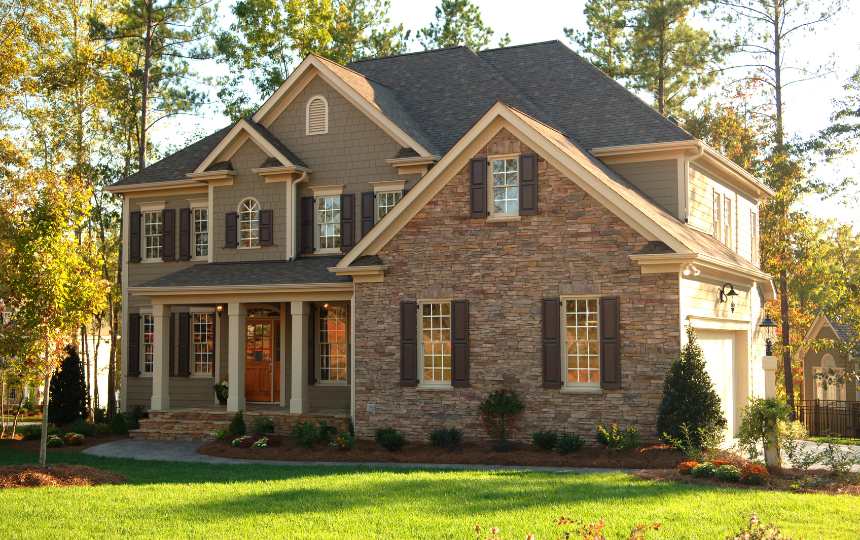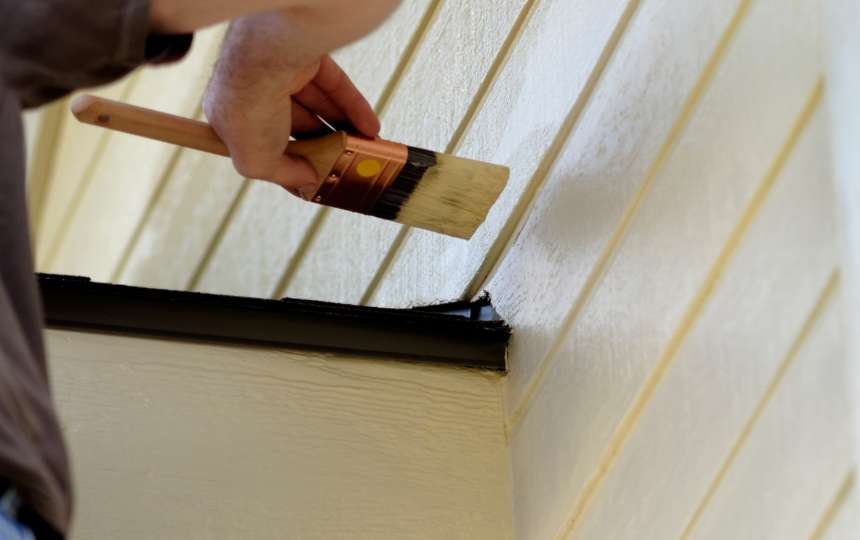Choosing the right time to paint your home can significantly affect the quality and longevity of your paint job. Whether updating your home’s exterior or refreshing an interior room, understanding seasonal trends, weather conditions, and regional climates is essential. In this post, we break down the key factors to help you determine the best time to start your painting project.
Why Timing Matters
The success of a paint job depends largely on the conditions during application and drying. Extreme temperatures, high humidity, or sudden weather changes can lead to issues such as:
- Poor adhesion: Paint may not stick properly to surfaces if conditions are too cold or damp.
- Extended drying times: Excess humidity or low temperatures can slow curing.
- Premature wear: Inappropriate timing can cause paint to bubble, peel, or fade sooner than expected.
By selecting the optimal time for your painting project, you can achieve a smoother, more durable finish that lasts for years.
Ideal Weather Conditions for Painting
Temperature
For most paint types, the ideal temperature range is typically between 50°F and 85°F (10°C and 29°C). The paint cures evenly within this range and forms a strong bond with the surface. If it’s too cold, the paint may not dry properly; if it’s too hot, it might dry too quickly, leading to an uneven finish.
Humidity
Humidity levels also play a crucial role. Low to moderate humidity is best for painting. High humidity can slow down the drying process and cause issues like blistering or mildew, especially on exterior surfaces. Aim for a day when humidity is below 70% for optimal results.
Precipitation and Wind
Avoid painting when rain is forecasted or if it’s incredibly windy. Rain can wash away fresh paint, while strong winds might introduce dust and debris into the paint, affecting the finish.
Seasonal Considerations
Spring
Spring is often a popular time for painting projects. The mild temperatures and lower humidity levels in early spring create ideal interior and exterior painting conditions. However, keep an eye on unpredictable weather changes; a sudden rainstorm can disrupt your schedule.
Summer
Summer offers long days and plenty of sunshine, which can be great for outdoor painting projects. However, very hot temperatures may cause the paint to dry too quickly, leading to an uneven application. Early summer or late afternoons can be ideal when temperatures begin to moderate.
Fall
Fall is another excellent time to paint, especially for exteriors. Cooler temperatures and decreasing humidity levels help the paint cure slowly and evenly. Fall is particularly popular in regions with hot summers, as it allows the paint to set without the risk of rapid drying or fading under intense sunlight.
Winter
Winter is generally not the best time to paint, particularly in regions with freezing temperatures or heavy snowfall. Cold weather can prevent proper curing, leading to poor adhesion and a higher likelihood of peeling. However, winter may still be a viable option for interior projects if you live in a milder climate.

Regional Considerations
Local climate plays a huge role in determining the best time to paint. For example:
- Coastal Areas: These regions may experience higher humidity and more unpredictable weather, so late spring or early fall might be best.
- Inland Areas: With more stable seasonal temperatures, summer or fall may work well, but be mindful of extreme heat during midsummer.
- Northern Regions: Shorter summers mean that late spring and early fall are often the most reliable windows for painting.
Tips for Planning Your Painting Project
- Check the Forecast: Review the weather forecast for at least a week before starting your project to avoid unexpected rain or high winds.
- Schedule Flexibility: Build in extra time for your project in case of weather delays.
- Consider Professional Advice: If you’re unsure about the optimal time for painting in your region, consult with local painting professionals who understand the local climate nuances.
- Prepare the Surface: Regardless of timing, proper surface preparation (cleaning, priming, and repairing) is critical to ensure a long-lasting finish.
Conclusion
The best time to paint your home hinges on temperature, humidity, precipitation, and local climate conditions. By carefully planning your project around these factors, you can achieve a beautiful, durable finish that enhances your home’s appearance and value. Whether tackling an interior refresh or a full exterior makeover, the right timing is key to painting success.
You may also like to take a look at some of these great resources:
Also, here are some resources to help you select a reputable contractor:





